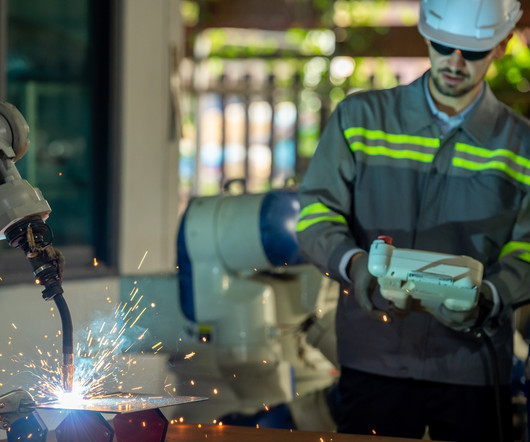Australian Manufacturing Week takes over Melbourne this May
Manufacturer's Monthly
MARCH 17, 2025
The Additive Manufacturing Zone will showcase the latest in 3D printing, from rapid prototyping to applications in construction and nanotechnology.

Manufacturer's Monthly
MARCH 17, 2025
The Additive Manufacturing Zone will showcase the latest in 3D printing, from rapid prototyping to applications in construction and nanotechnology.

Mold Making Technology
APRIL 3, 2024
Once relegated to rapid prototyping, 3D printing technology has now advanced far beyond the design studio. 3D printing makes it possible to accelerate mold development and simplify design changes down the line. This 3D-printed EOAT incorporates air lines for vacuum and pressure into its design.
This site is protected by reCAPTCHA and the Google Privacy Policy and Terms of Service apply.

Frost & Sullivan Manufacturing
FEBRUARY 12, 2025
Emerging Technologies: Innovations such as AI-driven automation and 3D printing transforming production processes. Innovation Acceleration : Technologies like 3D printing enable rapid prototyping and design flexibility. Is your organization prepared to leverage 6D printing for next-gen manufacturing?

Robotics Business Review
MAY 1, 2024
Recently, Tormach introduced its new 1500MX CNC mill that can be operated with the ZA6 industrial robot via the company’s free and open source PathPilot ® control software. What we’ve done with our new 1500MX CNC Mill and ZA6 robot is to scale machine tending for use by specialty part producers, who are among our largest customer segment.

AU Manufacturing
MARCH 15, 2023
In particular, the engineers created a system called MechSense that enables a maker to use conductive 3D printing filament to 3D-print sensors directly into a mechanism’s moving elements. 3D printing is a tool that a lot of people can afford to have in their homes.

Manufacturer's Monthly
JULY 11, 2023
Author: Geoff Crittenden, CEO, Weld Australia But, with the advent of automation, robots, cobots and a range of other advanced welding technologies and techniques, this perception is becoming more and more outdated. robots and cobots Automation, Industry 4.0, Welding is a far less dangerous and arduous job than ever before. Industry 4.0

i4.0 today
JANUARY 22, 2024
3D printing is a digital manufacturing technology, meaning that a large part of the production process is managed online. However, finishing the printed components still has some manual process steps. Precisely the finishing of the printed parts is something that primarily requires manual handling.
Let's personalize your content